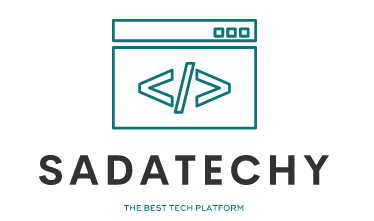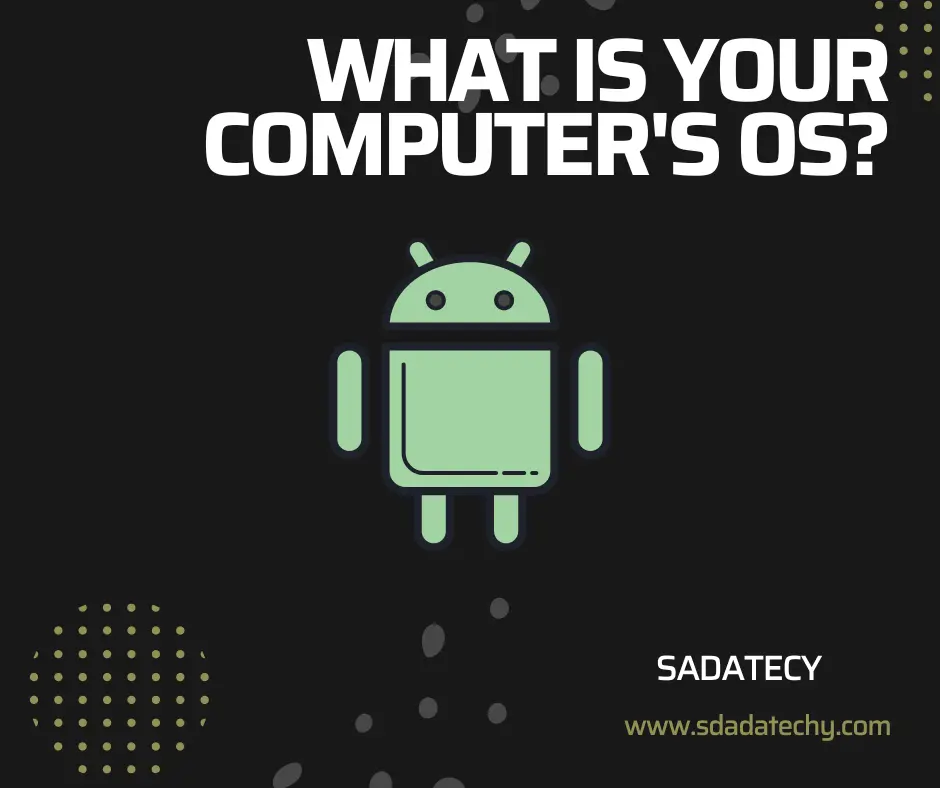To what operating system do you use?
Operating systems (OSs) are pre-installed on every PC since they are essential to running all other applications.
The OS manages the many components of a computer, such as the hard drive, memory, peripheral devices, and central processing unit (CPU), and makes them accessible to the user.
Since every computer has a unique operating system, it’s crucial to verify the OS before making a purchase.
A computer’s OS performs a wide variety of tasks.
In this section, we’ll examine the five functions in further detail: First, there’s memory management; second, tasks; third, files; fourth, peripherals; and fifth, application programming interfaces (APIs).
Organization of Memories
Memory is a hardware feature that retains information momentarily.
Having extra RAM allows you to run more programmes simultaneously.
The OS is also in charge of controlling where each programme stores its data in memory.
This enables the simultaneous operation of numerous processes without interference from one another.
Project administration
Task switching and prioritisation are OS functions.
For instance, when the user requests that “research on the Internet be recorded in Word,” the computer simultaneously displays the results in the web browser and records the text in Word.
The OS decides which of the two jobs should be prioritised based on how quickly it can be completed.
#3: Organizing the data in a file
Images, audio files, written texts, and programmes are just some of the many formats of data that may be stored on a computer.
The OS is in charge of the data’s file structure management, which includes labelling and organising the files in a tree-like structure.
The data may then be easily accessed whenever required.
Manage external devices (number four)
A computer’s operating system (OS) is in charge of the hardware’s peripherals.
Every computer needs accessories such as a mouse, keyboard, monitor, speakers, hard drive, camera, etc.
Because the OS’s management features are regularly functioning, attaching a peripheral device to a PC and using it requires no further software installation.
Fifthly: Open Application Programming Interface
Application Programming Interface, or simply API, refers to a set of rules for establishing a link between two programmes.
This API is provided by the operating system.
Fonts are one such example; they may be shared across programmes like Word and Excel.
As a result of this standardised OS component, users may approach using various programmes in the same manner.
There are essentially three primary operating systems (OS) for desktop PCs.
Within these pages, you’ll learn about the most widely used OSes on personal computers today.
1:Windows
Windows is the most popular operating system in the world, and its name is well recognised.
Windows 95 was the first version to be published, and subsequent versions include Windows 98, Windows XP, Windows Vista, Windows 7, and Windows 8.
“Windows 10” is the most recent release as of this writing.
Windows-based computers provide several benefits.
Having so many people already using Windows is a big plus for buying a PC that runs it.
That’s why programmers all around the world have created many apps aimed at making technology accessible to people of all ages and backgrounds.
There are many of these people in every industry, from job to leisure.
2:macOS
After Windows, Mac is the second most widely used operating system.
Apple sells its computers under the Mac brand name, and both the hardware and software are developed in-house.
Since its debut in 1997, Apple has produced four major versions of Mac OS: Mac OS 9, Mac OS X in 2001, OS X in 2012, and macOS in 2016.
Some benefits of using a Macintosh computer
A computer running macOS has the benefit of looking great.
Since only Apple makes macs, everything about them, from the case to the keyboard to the shortcut buttons to the accessories, has a uniform look and feel.
3. Other Operating Systems
Windows and Mac OS are the most common software packages found on PCs sold to the general public.
Many more OSes, such as “Chrome (Google),” “DOS,” “UNIX,” and “Ubuntu,” have been created, though.
Chrome is Google’s Linux-based operating system offering.
It is notable for its inexpensive price and quick startup time.
Apple created the Disk Operating System (DOS) in 1984.
The first graphical user interface (GUI) was created using it (Graphical User Interface).
In 1969, AT&T created the UNIX operating system.
In addition to its usage by governments, it is also widely adopted by academic institutions including colleges and universities.
Ubuntu is a completely free operating system that has been available to the public since 2004.
The system, which is based on Linux, offers support for 55+ languages.
Windows is only one of several options for an operating system.
One may say that it’s crucial to compare each OS side by side.
Considerations for Buying a Windows Computer
Windows PCs are a popular target for virus authors because of their widespread usage, thus it’s important to take precautions against infection.
However, security measures such as firewalls, protection against ransomware, etc., have lately been implemented.
To keep your device safe, you should enable automatic updates.
Windows version and verification strategy
Each Windows release has its unique confirmation process, and we’ll focus on Windows 10 here.
After booting up, choose the “Windows” menu item, followed by “Settings,” “System,” and “About.”
The Windows version is then listed in the “Windows specs” section at the screen’s base.
Considerations for Buying a Macintosh Computer
You should know that a Mac computer will cost you more than one running Windows.
PCs using WindowsOS are produced by a wide variety of companies, including Fujitsu and Lenovo, thus effective pricing competition allows for PCs to be sold at affordable costs.
Macs, on the other hand, are often more costly because they are Apple-exclusive.
Users transitioning from Windows should also know that the mouse and window controls function differently.
Operating System (Mac) with Verification Technique
Select “About this Mac” from the Apple menu (shaped like an apple) in the upper left corner of your screen to see the version number.
The names of macOS releases reflect their respective versions.
The most recent OS is 11.2 and is called “macOS Big Sur,” as of the 9th of February, 2021, when the relevant data was provided.
Let’s go further into the various personal computer operating systems to find the one that works best for you!
The personal computer’s operating system is described in this article.
Although “Windows” and “Mac” are the most well-known operating systems, there are many more, each with its own set of advantages and disadvantages.
Depending on your intended purpose, choose a computer with a suitable operating system (OS) if you’re in the market for a new computer.
For more details catch us on Facebook


